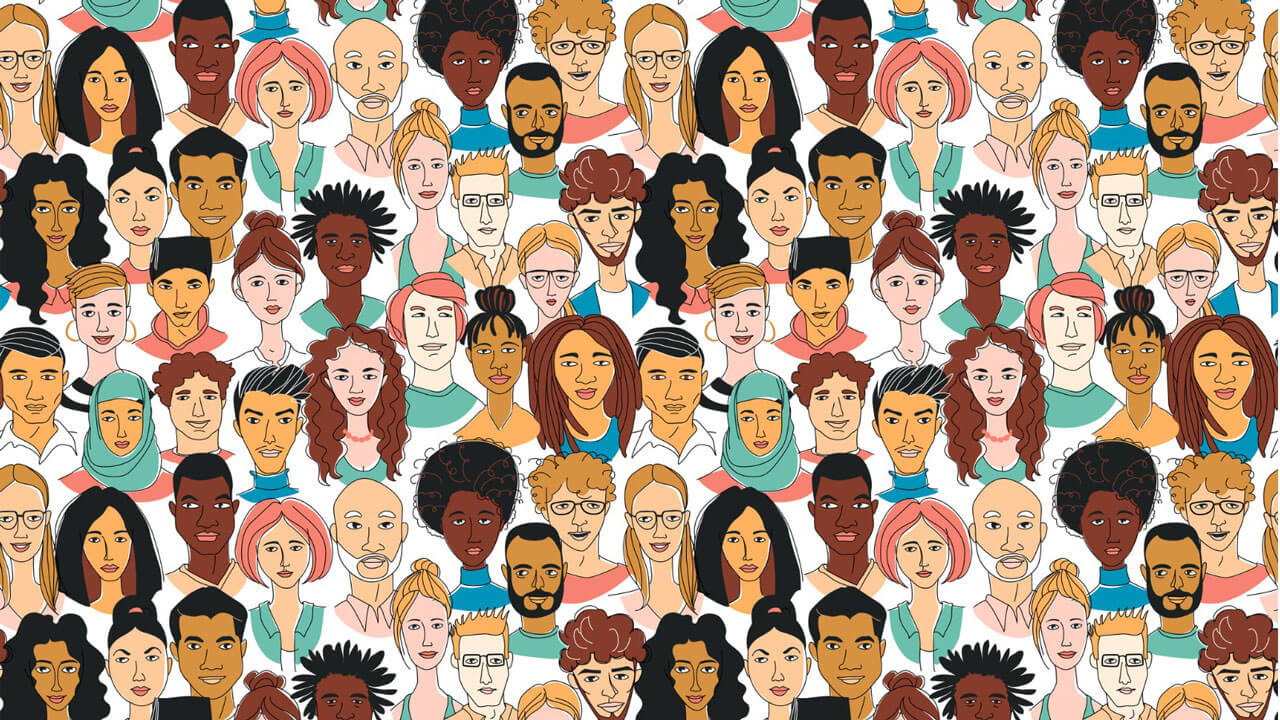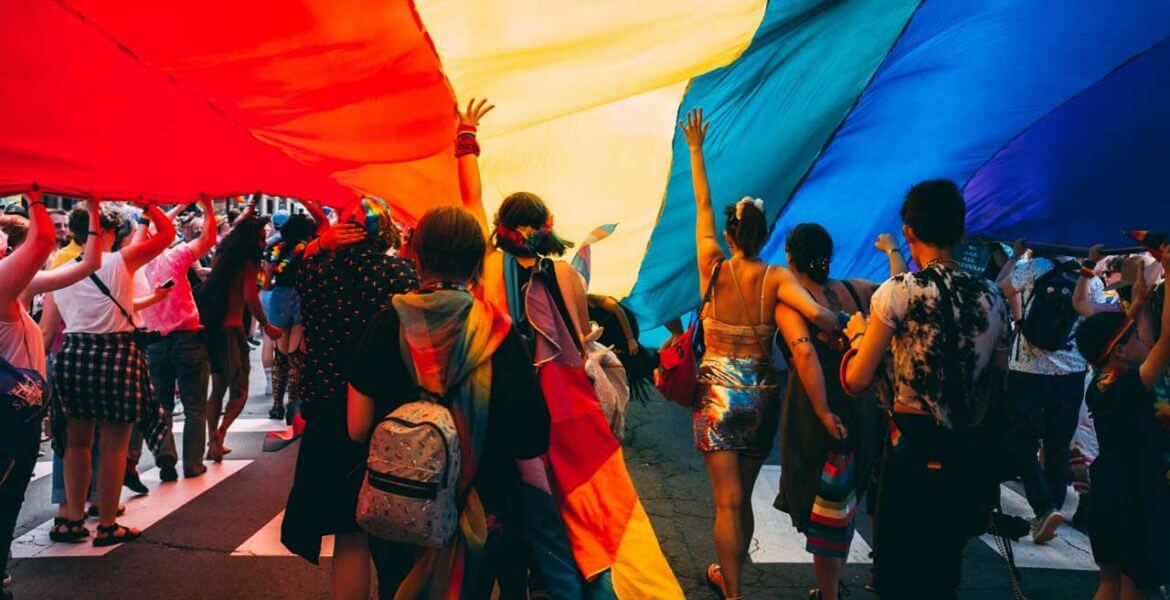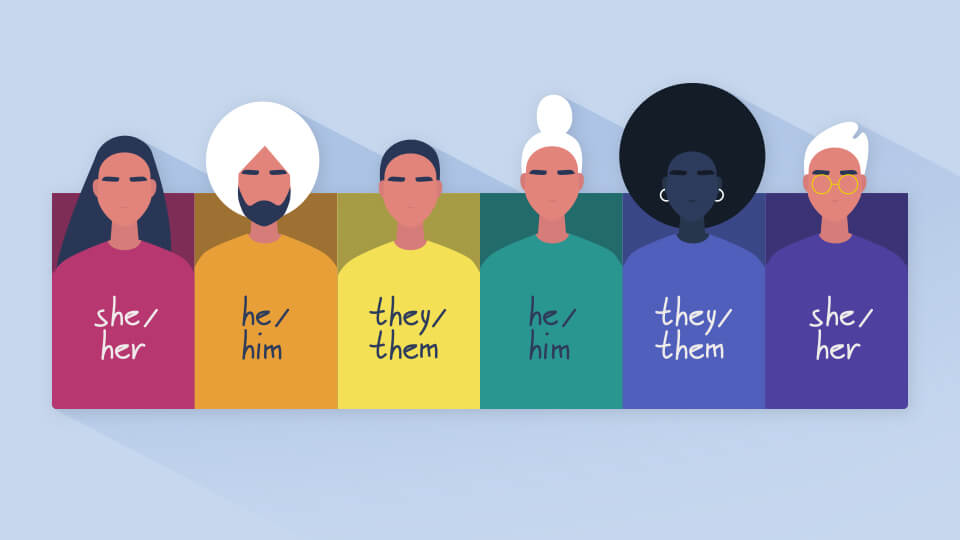It has become apparent that there are specific periods where brands get a bit more color(ful)—whether it be Hispanic Heritage Month or LGBTQ+ Pride Month, or even one-day commemorations like International Women’s Day.
And it’s a bit of a shame. Telling a community, “we care,” with a short-term commitment isn’t the best way to build loyalty. So why do brands opt for the temporary check-the-box approach, when they could buy into the power of year-long diversity and inclusion commitments?… Which, by the way, we know is proven to be good for brands across the board, as consumers notice and respect it.
Yet still, why do we condone it?
Yes, representation matters and a significant percentage of American adults believe so. According to 2019 findings from the Pew Research Center, 57 percent of those surveyed say it’s good that the population is ethnically diverse and 64 percent say that racial diversity has a positive impact on the national culture, as opposed to those who feel negatively or even neutral.
And yet, we are equally contradictory, as nearly half of those surveyed believe that diversity imposes challenges for lawmakers. It’s not easy and it inherently makes things more complicated. Diversity is itself, challenging.
So let’s consider for a moment how we’ve addressed those challenges as of now and in turn attempt to recognize diversity. There are a dozen or so month-long commemorative occasions in the U.S. dedicated to racial and ethnic diversity, and countless one-day holidays centered around attributes or cultural concerns, which may or may not all align with the dedicated month (like Coming Out Day which is celebrated in November, whereas Pride Month is celebrated in June).
But the questions remain: Is a shoutout enough? What happens once the honorary day or month comes and goes?
Every year, a so-called commitment by a company, a brand, or the like, is staunchly made and then shelved for the remaining 11 months. It’s a habit that needs to be broken.
Let’s do better, together.
While there are no exact guidelines on how to embrace diversity, there are three considerations that will help us move the needle beyond mere holidays and honors.
Use your platform to raise awareness—But keep the momentum going throughout the year
While the pressure to launch a campaign during key socially-trendy occasions can be tempting, brands should have the foresight to believe that those affected by the difficulties of not being a part of the status quo wish to be understood, and not only acknowledged during limited engagements. Don’t vanish, only to reappear several; months later because your absence or silence will be felt by the very communities you’re targeting. Stick around and demonstrate some genuine commitment and be thoughtful, from start to finish.
HBO is a great example. The network undertook a social activation called “It’s Ok” during World Mental Health Day, highlighting characters suffering from real mental health issues by airing awareness disclaimers (known as “bumpers”) about the depictions prior to the start of select episodes. These bumpers appear across both their traditional and broadcast and each episode concludes with a link and phone number to a mental health support line.
According to a statement from Jason Mulderig, HBO’s Vice President of Brand & Product Marketing, the channel wishes to treat the stories of complex characters with respect and lack of stigmatization: “We are not saying ‘viewer discretion is advised,’ we are saying ‘viewer conversation is encouraged.’”
As a companion to their World Mental Health Day video post, the content channel collaborated on a series of videos with cognitive-behavioral therapist Dr. Ali Mattu, where he breaks down the symptoms, causes and stigma of each illness. These videos are to be posted periodically in tandem with past, current, and future programs.
They even partnered with the National Alliance on Mental Health to turn the initiative into a pilot program that has no end date in sight. They launched an effort to tie into a “day,” but have kept it going to create a lasting impact for those affected.
Be natural and genuine
“Diversity is strength and difference is a teacher.” These are wise words from Emmy-award winning comedian Hannah Gadsbury’s Netflix special, “Nanette.” It’s a quote that has stuck with me because I’ve seen firsthand how inclusion can provide teachable moments in our everyday lives.
The simple matter is that someone’s identifying attributes should never be on display and broadcast as a criterion for their selection. If representation is a vital element to your brand, then it should be ingrained within it, without the pretense of an occasion.
Here’s what I mean.
Although I wasn’t part of their target demographics, Urban Decay’s “Pretty Different” campaign spoke volumes in of those ambassadors the brand partnered with for their effort.
Their “global citizens” included Lizzo, a proud black, body positive activist; Ezra MIller, a genderqueer film actor; Karol G, a Colombian Latin Grammy-award winning reggaeton artist; CL, dubbed the South Korean “Nicki Minaj” of K-Pop; and Joey King, an androgynous television actor.
In their own way, each supports the company’s anthem that “celebrates pure originality and the people who own their uniqueness.” Moreover, their mere individual presence in a beauty campaign showed that there is a space in an industry that has traditionally been the purveyor of rigid standards, for difference to shine and be treated respectfully, without feeling like tokenism.
Encourage a variety of opinions in each and every decision room
It seems like common sense, but many of the faux pas we catch when it comes to brands who’ve gotten it wrong could likely have been avoided if the decision room included multiple perspectives.
Minorities already know what it feels like to be “not normal,” “the outsider,” or “the other.” Our problems AND our joys are year-round, 365 days a year, 24 hours a day; and we have a significant perspective to offer, which can very likely help inform and support your next campaign.
It’s simple—include minorities. Include us in your conversations, and you’ll shift away from speaking to or at us, toward speaking with us. Brand advertising derives its power and reach from the shared stories and experiences it draws insight from, in order to respond to the cultural zeitgeist.
And that’s empowerment.
Because at the end of the day, every individual, regardless of race, gender or whatever else, craves belonging. We want to be seen, heard and understood every day, and not simply addressed to when it’s our sanctioned month or holiday. We want to, even expect, to feel a brand’s presence and active commitment consistently, year-round.
Article Takeaways:
- D&I should be more than a day, month or occasion
- Harness existing platforms to raise awareness
- Some examples of brands doing great work in this space
- Having the right group of people in the room, to begin with, can make an enormous difference







